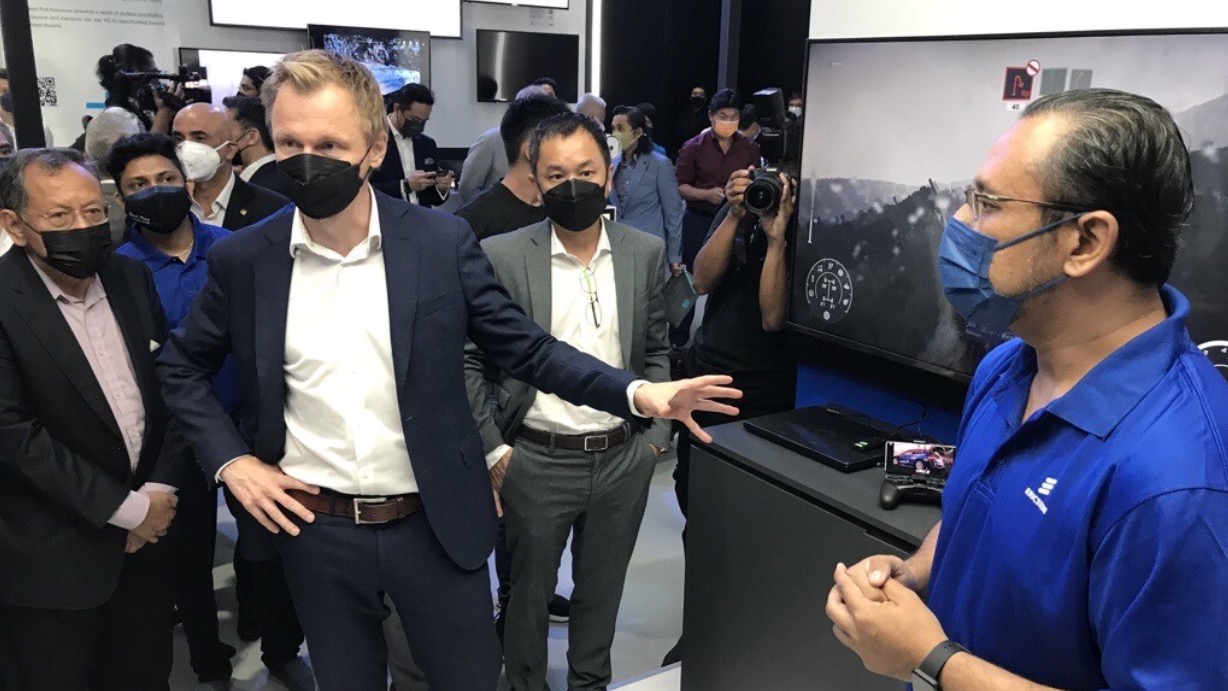Australia to spend $9 million on fighting 5G fake news
The Australian government hopes that this campaign will stop the spread of 5G misinformation.

As Australian telecoms begin to roll-out their 5G networks, they are being met with more and more opposition, thanks to people’s have health concerns around 5G dangers. So, the Australian government has decided to step in and spend AU$9 million across four years to put a stop to fake news, and gain “public confidence” in 5G.
On top of this, the government will be giving extra money to the Australian Radiation Protection and Nuclear Safety Agency (ARPANSA) to do extra research on electromagnetic energy emissions, Communications Minister Paul Fletcher said on Monday. And the results will hopefully keep concerns at bay and put the public’s mind to rest.
Reassurances from ARPANSA
The ARPANSA has repeatedly said that 5G is safe, and that it has carried out research. And the organization went head-to-head with individuals who claimed exposure to electromagnetic hypersensitivity had caused them to feel side effects.
The ARPANSA claimed that: "We believe them … however when double blind-testing is conducted with such individuals, we don't see a connection to electromagnetic field … there's been a range of double-blind placebo control trials that have tested such individuals".
The agency stated that while the frequencies used in 5G mean some energy is absorbed into the body, it is too low to create any "significant heating of tissue".
“The power level will be low and no appreciable heating will occur in the skin," the Agency said.
Concerns over 5G
The Australian government hopes that fighting fake news, and investing in additional 5G research will restore customer confidence in new mobile networks.
SIGN UP FOR E-MAIL NEWSLETTERS
Get up to speed with 5G, and discover the latest deals, news, and insight!
The main concerns are that radiation could damage human DNA and cause cancer. On top of this, in comparison to 4G, the amount of 5G towers and small cell sites needed to provide a similar coverage to the same area is significantly higher, due to their shorter range. And many fear this could lead to a higher exposure to radiation.
However, Minister for Communications, Paul Fletcher, debunked this, saying, “Emissions from mobile networks and devices in Australia typically fall below the regulated limits by factors of a hundred or more. EME levels from mobile networks and devices are typically at similar levels to familiar household devices such as microwave ovens and baby monitors,” he concluded.
- Get the latest 5G stocks news today
- What can we expect from 5G smart cities
- Will 5G Internet replace fibre broadband?
Fiona discovered her love for investing and making money from a young age. Since then this interest has grown and now she loves writing about investing and business, and follows the 5G market closely. She is also a technology enthusiast, and so they tend to be her favourite investments.

